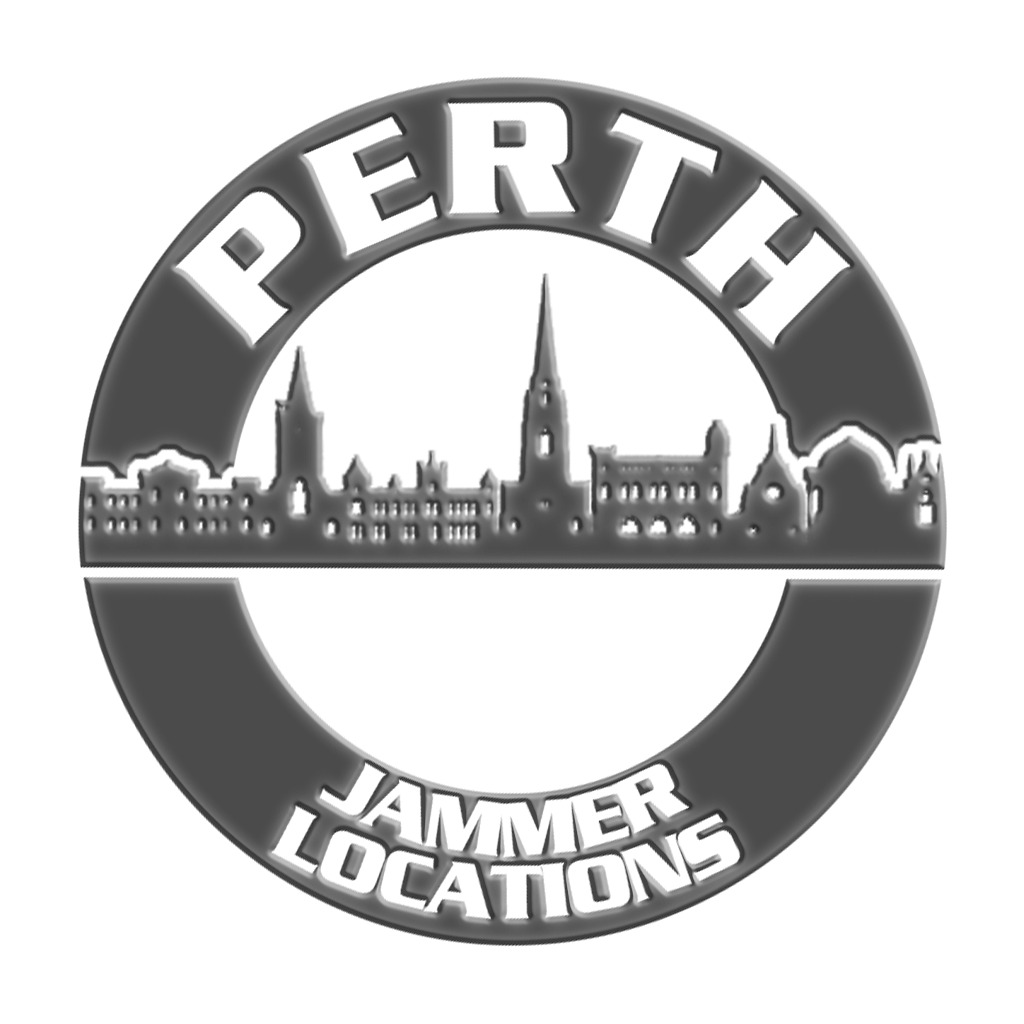Today marks a turning point for household budgets across Tayside, Fife, and Stirling, as a wave of price increases takes effect on essential services. From council tax bills and parking fees to public transport costs, residents are facing a steeper financial landscape. These local changes coincide with national price rises for utilities, broadband, mobile contracts, and vehicle tax, adding further pressure to already strained finances. This article breaks down the key changes and what they mean for communities in the region, with a particular focus on Perth and Kinross. Council Tax Rises Across the Board
Council tax increases vary across the area. Dundee City Council implemented an 8% rise, equating to an annual increase of £119 for a Band D property. Perth and Kinross residents are shouldering a 9.5% increase, the highest ever in the region, adding an average of £11.11 per month to household bills. Fife Council approved an 8.2% increase, resulting in an extra £113 annually for Band D properties. Angus residents face an 11% rise, one of the steepest in Scotland, adding £144.84 per year to Band D bills. Stirling Council’s 8.8% hike translates to an annual increase between £87 for the lowest band and £320 for the highest. Parking Fees See Changes in Several Areas
Parking charges in Dundee have increased across various locations, including city centre street parking, variable stay car parks, and several multi-storey facilities. The cost of monthly permits and tickets has also been affected. Similar changes are being rolled out in Perth and Kinross, impacting Perth city centre and surrounding towns like Crieff, Blairgowrie, Pitlochry, and Dunkeld. While Fife Council has held firm on parking charges for now, Angus Council continues its policy of free parking, having removed meters earlier this year. Stirling has seen increases in parking fees in its city centre, on-street locations, and in Dunblane, Callander, and Balmaha. For Perth residents, this means carefully considering parking options and potentially exploring alternative transportation for trips into the city centre or other affected areas. Public Transport Costs on the Rise
Public transport users are also feeling the pinch. Xplore Dundee has implemented fare increases for the fourth year running. Short hop fares have risen by 15p to £2.55, and long hop fares have increased to £3.05, a rise of 15p. These fare changes could significantly impact those who rely on bus travel for daily commutes or regular errands within Dundee. While Midland Bluebird, operating in Stirling, hasn’t raised fares this month, they did implement increases in January 2025. ScotRail fares are up by 3.8% nationally, impacting commuter routes from Perth and Kinross. For example, a return ticket between Dundee and Perth now costs £5.60, a 20p increase. These rising transport costs highlight the need for affordable and accessible public transport options in Perth and Kinross and across the region. Overall Impact on Perth and Kinross
The cumulative effect of these price hikes poses a considerable challenge for residents of Perth and Kinross. The increased cost of living necessitates careful budgeting and may encourage residents to explore cost-saving measures. Local businesses might also feel the impact, as consumers adjust their spending habits. The changes also underscore the importance of supporting local initiatives that promote affordability and accessibility for essential services, ensuring the well-being of the community. The local council and community groups can play a crucial role in mitigating the impact of these price rises by exploring initiatives such as expanding public transport routes, offering discounts for low-income households, and encouraging cycling and walking within Perth.
Council tax increases vary across the area. Dundee City Council implemented an 8% rise, equating to an annual increase of £119 for a Band D property. Perth and Kinross residents are shouldering a 9.5% increase, the highest ever in the region, adding an average of £11.11 per month to household bills. Fife Council approved an 8.2% increase, resulting in an extra £113 annually for Band D properties. Angus residents face an 11% rise, one of the steepest in Scotland, adding £144.84 per year to Band D bills. Stirling Council’s 8.8% hike translates to an annual increase between £87 for the lowest band and £320 for the highest. Parking Fees See Changes in Several Areas
Parking charges in Dundee have increased across various locations, including city centre street parking, variable stay car parks, and several multi-storey facilities. The cost of monthly permits and tickets has also been affected. Similar changes are being rolled out in Perth and Kinross, impacting Perth city centre and surrounding towns like Crieff, Blairgowrie, Pitlochry, and Dunkeld. While Fife Council has held firm on parking charges for now, Angus Council continues its policy of free parking, having removed meters earlier this year. Stirling has seen increases in parking fees in its city centre, on-street locations, and in Dunblane, Callander, and Balmaha. For Perth residents, this means carefully considering parking options and potentially exploring alternative transportation for trips into the city centre or other affected areas. Public Transport Costs on the Rise
Public transport users are also feeling the pinch. Xplore Dundee has implemented fare increases for the fourth year running. Short hop fares have risen by 15p to £2.55, and long hop fares have increased to £3.05, a rise of 15p. These fare changes could significantly impact those who rely on bus travel for daily commutes or regular errands within Dundee. While Midland Bluebird, operating in Stirling, hasn’t raised fares this month, they did implement increases in January 2025. ScotRail fares are up by 3.8% nationally, impacting commuter routes from Perth and Kinross. For example, a return ticket between Dundee and Perth now costs £5.60, a 20p increase. These rising transport costs highlight the need for affordable and accessible public transport options in Perth and Kinross and across the region. Overall Impact on Perth and Kinross
The cumulative effect of these price hikes poses a considerable challenge for residents of Perth and Kinross. The increased cost of living necessitates careful budgeting and may encourage residents to explore cost-saving measures. Local businesses might also feel the impact, as consumers adjust their spending habits. The changes also underscore the importance of supporting local initiatives that promote affordability and accessibility for essential services, ensuring the well-being of the community. The local council and community groups can play a crucial role in mitigating the impact of these price rises by exploring initiatives such as expanding public transport routes, offering discounts for low-income households, and encouraging cycling and walking within Perth.


